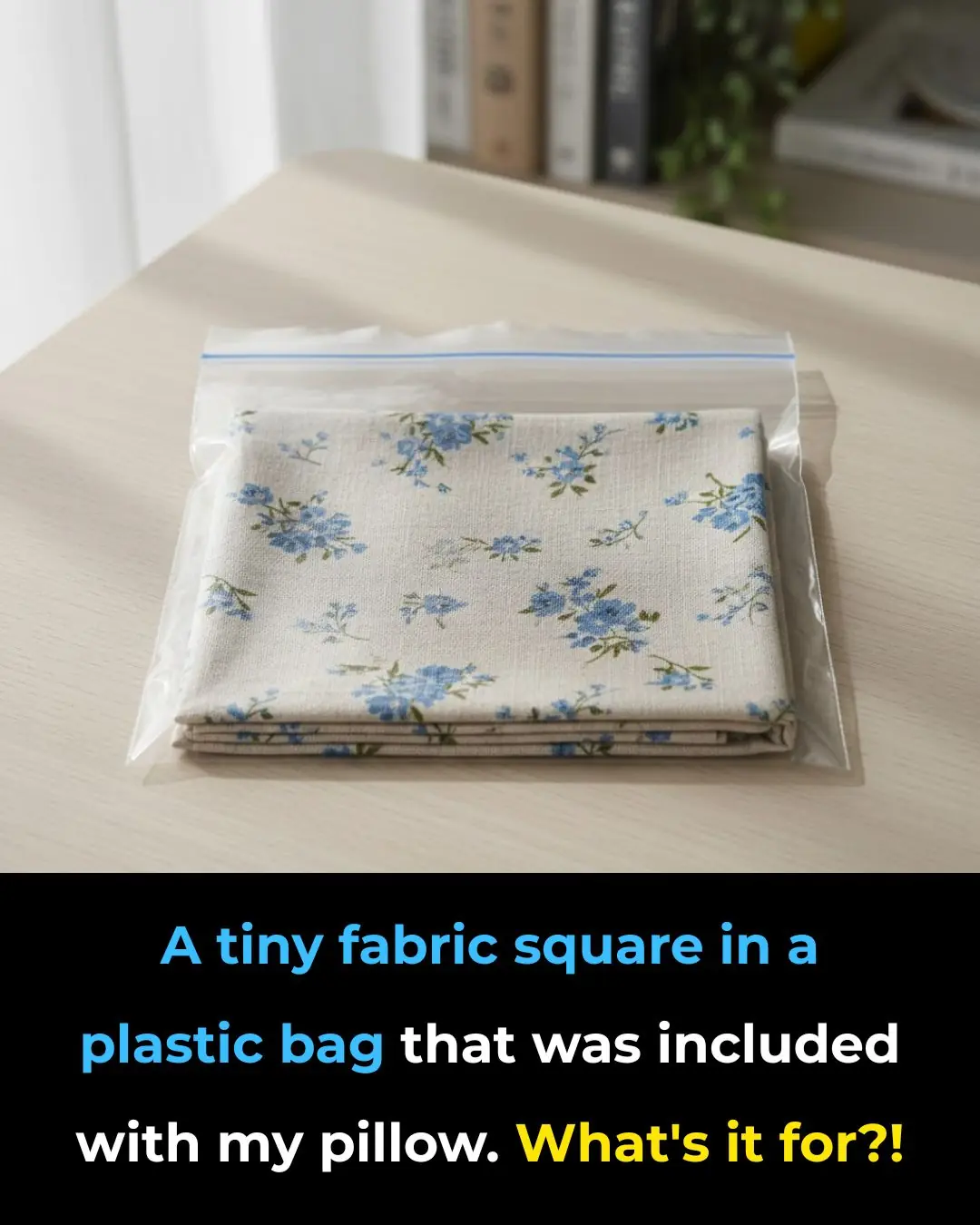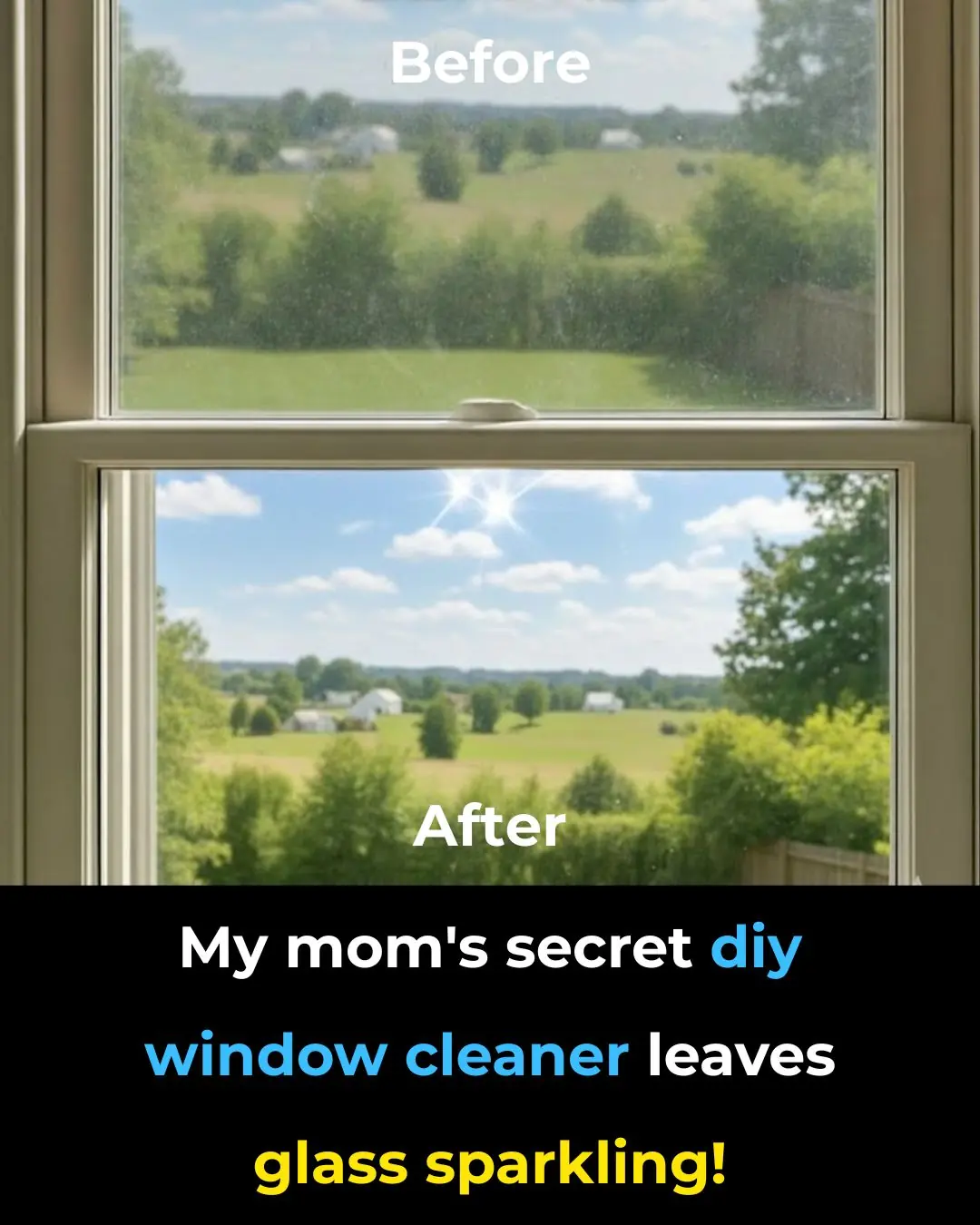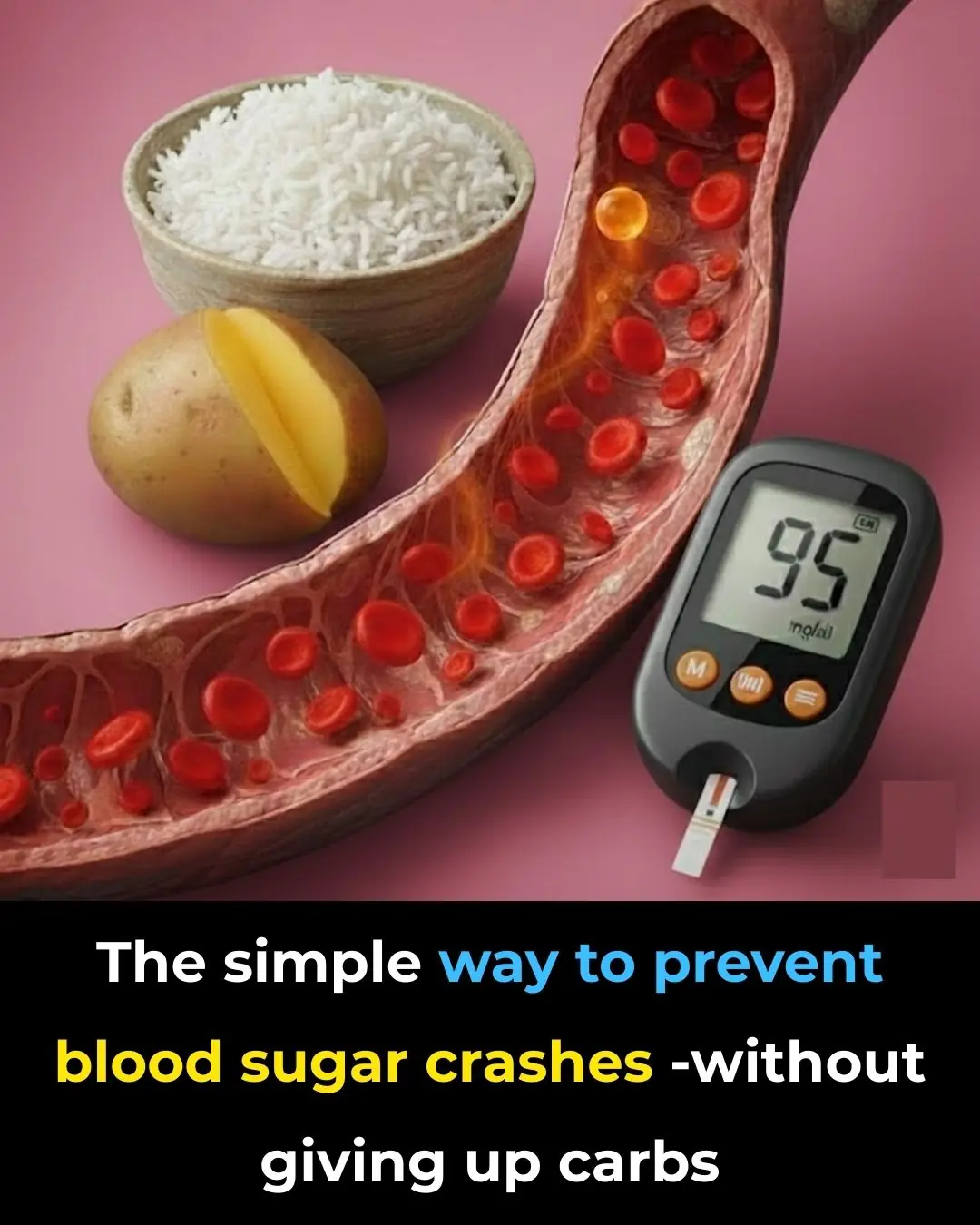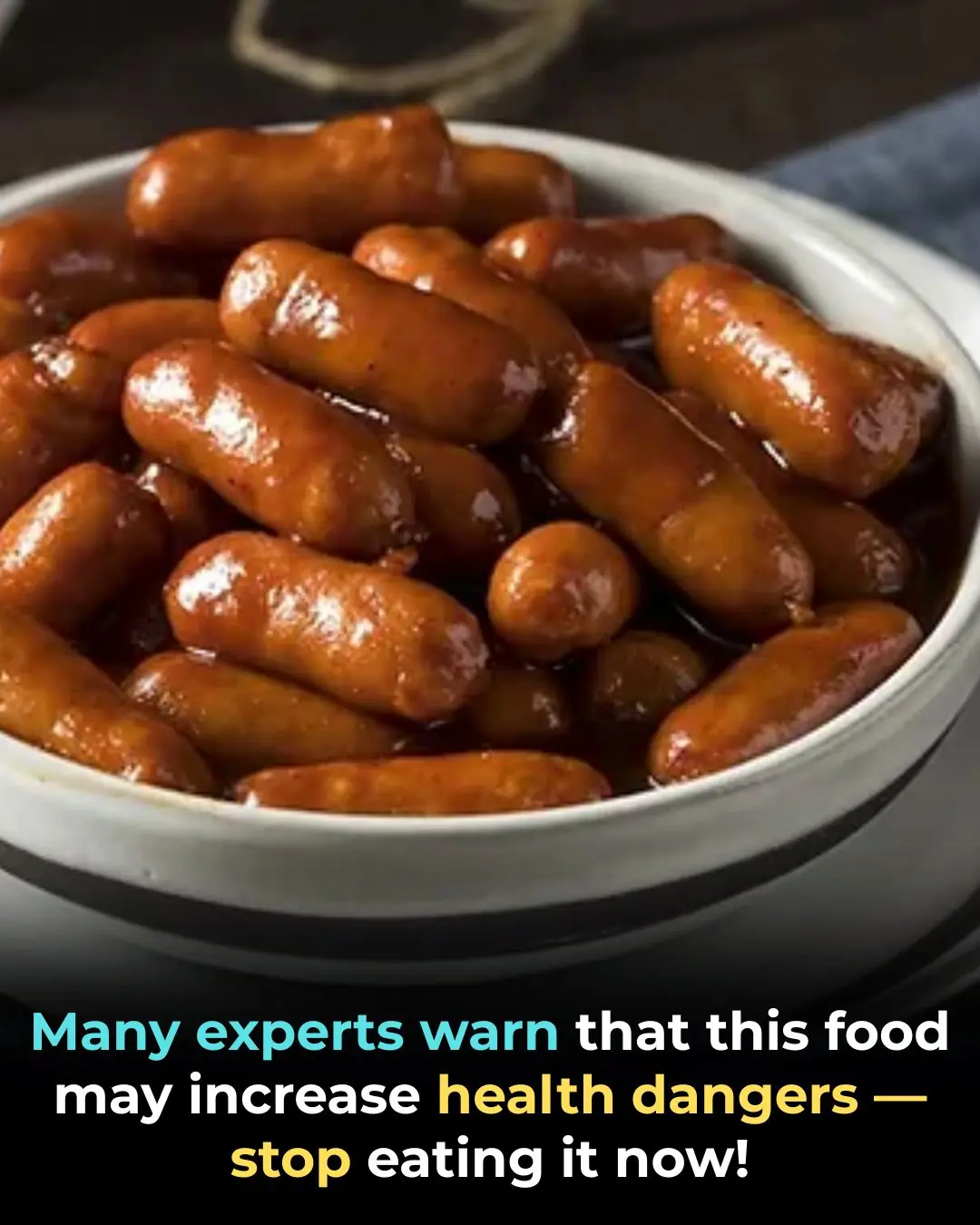
Think Twice Before Putting Parchment Paper in the Oven
Think Twice Before Putting Parchment Paper in the Oven — Here’s What You Need to Know
Parchment paper is a kitchen staple for a reason. It keeps cookies from sticking, makes roasting vegetables effortless, and turns post-baking cleanup into a breeze. It’s a go-to tool for bakers, cooks, and anyone who appreciates a less-messy kitchen.
But here’s what many home cooks don’t realize: parchment paper can catch fire when used incorrectly.
And understanding when not to use it is just as important as knowing when you can.
Let’s break down the risks, the common mistakes, and the safer alternatives you should keep in mind whenever the oven heats up.
⚠️ Why Parchment Paper Can Catch Fire
Parchment paper is coated with a thin layer of silicone. This coating gives it non-stick, water-resistant, and moderately heat-resistant qualities — but it’s not designed to withstand extreme temperatures or direct flames.
Most parchment paper is rated safe up to 420°F (215°C). Premium brands may go up to 450°F, but that’s the upper limit. Beyond that, the paper can:
-
Darken or brown
-
Curl up at the edges
-
Smoke
-
Catch fire
And worse, if parchment touches direct heat sources — like an oven coil, broiler element, or open flame — it can ignite in seconds.
🔥 Common Mistakes That Can Lead to Fires
1. Using It Under a Broiler
A broiler produces intense, direct heat that often exceeds 500°F. That’s far above the safe temperature for parchment paper.
Rule of thumb:
Never use parchment under a broiler — even for a short time.
2. Letting the Edges Hang Over the Pan
When parchment isn't trimmed properly, the edges can rise with the heat or be blown upward by convection fans. If they touch a heating element, the risk of ignition skyrockets.
Fix:
Trim the parchment so it sits neatly inside the tray with no overhang.
3. Using It in a Toaster Oven or Air Fryer
Small appliances have heating elements positioned very close to the food. Without enough weight to hold the parchment flat, it can blow around, curl upward, or touch hot surfaces.
Tip:
Only use parchment if the appliance’s manual explicitly says it’s safe — and even then, keep a close eye on it.
4. Confusing Wax Paper with Parchment Paper
Wax paper looks similar but is coated with paraffin wax, which melts and burns under heat.
Wax paper is never oven-safe.
If you accidentally use it in the oven, you’ll likely see smoke or flames within minutes.
✅ Safe Ways to Use Parchment Paper
-
✔️ Always check the temperature rating on the packaging.
-
✔️ Use parchment only for baking or roasting, not broiling or grilling.
-
✔️ Make sure the edges are trimmed so they don’t float upward.
-
✔️ Anchor it with food or a baking sheet to prevent movement.
-
✔️ Monitor your oven when cooking at the upper temperature range.
Bonus Tip:
If the parchment starts turning dark brown, that’s a sign you’re nearing its heat limit.
🔄 When to Use Alternatives Instead
If your recipe requires high heat — especially above 450°F — switch to safer options like:
-
Uncoated aluminum foil (or nonstick foil if needed)
-
Silicone baking mats (great for temps under 450°F)
-
Greased baking sheets
-
Cast iron skillets for roasting or high-heat cooking
These materials can handle very hot ovens without the risk of burning.
⭐ Additional Safety Tips Many People Overlook
-
Keep parchment away from oven walls and fans in convection ovens.
-
Replace parchment if it becomes brittle or overly browned from earlier batches.
-
Avoid reusing parchment multiple times — the more it’s exposed to heat, the weaker and more flammable it becomes.
-
In gas ovens, be especially careful: open flames can ignite parchment instantly.
🔥 Bottom Line
Parchment paper is incredibly useful — but it’s not invincible.
Used the wrong way, it can smoke, scorch, or even ignite.
If you notice your parchment curling, browning, or smoking, your oven is telling you something:
“It’s too hot in here.”
Stay within safe temperature ranges, avoid direct heat, trim the edges, and never leave the kitchen unattended when using parchment in the oven.
Because the only thing you want coming out of that oven is perfectly baked cookies — not a surprise kitchen fire.
News in the same category


Dr. Barry Marshall: The Scientist Who Transformed Ulcer Treatment and Changed Modern Medicine

Dr. Paulo de Valdoleiros: The South African Doctor Redefining Accessible Healthcare

Gwada Negative: The 48th Human Blood Group and an Extraordinary Genetic Discovery

Incredible Survival Story: The Man Who Turned His Broken Car Into a Motorcycle in the Moroccan Desert

A Heartfelt Moment in Morristown: The Viral Message That Honors Healthcare Heroes and Celebrates Human Kindness

Boyan Slat and the Journey to Create The Ocean Cleanup: From a 16-Year-Old’s Idea to a Global Mission to Clean the Oceans

Scientists Reactivate the Brain’s Self-Cleaning System, Hinting at a Breakthrough for Alzheimer’s

mRNA Vaccines Show Early Evidence of Slowing Cancer Progression

The Real Crime Is Hunger: A Judge’s Moral Verdict on a Child’s Desperation

Injectable Gel Breakthrough Brings New Hope for Nerve Regeneration

Goodbye Synthetic Dyes: Doritos Join the Push for Cleaner, Transparent Ingredients

Breakthrough Research Suggests Kidney Damage May Be Reversible After All

How Intermittent Fasting Protects the Heart: New Evidence on Blood Clots and Cardiovascular Health

New Evidence Links Hepatitis C to Brain Pathways in Mental Illness

If You See a Woman Wearing a Wedding Ring On Her Pinky, Here's What It Means

Reinventing Renewable Energy: Germany Launches Compact Turbine for Off-Grid Power

Rethinking Depression: New Brain-Imaging Research Reveals It’s More Than a Chemical Imbalance

Seventeen Years Lost: How a Look-Alike Helped Free an Innocent Man
News Post

Large Navel Oranges vs Small Navel Oranges

🩺 Be Aware: If You Notice This Skin Change, It Could Be Skin Cancer — Here’s What to Look For

Gastroenterologist says this is the #1 drink for gut health

What your body does when you drink coffee every day

The 5 best supplements to soothe nerve pain and tingling

Doctor says this is the #1 supplement to take if you have arthritis

Good to know!

I had no idea

Works like a charm

Stop blood sugar spikes—enjoy carbs without the crash!

Gastroenterologist says this is the #1 drink for gut health

6 Types of Warts (Signs, Symptoms, Home Remedies, and Treatment)

Educational Summer Camp ‘HBCYouth’ Is Bringing the Next Generation to HBCU Campuses

Senator Cory Booker to Release New Book ‘Stand’ Expanding on Historic 25-Hour Senate Speech

18-Year-Old Brandon Moss Makes History as Youngest Mayoral Candidate in Fairfield, Alabama

Many experts warn that this food may increase health dangers — stop eating it now!

Gentle Stretches to Relieve Sciatica Pain

Georgia Teen Accepted to 53 Colleges With $1.8M in Scholarships, Inspired by Her Parents’ Legacy
